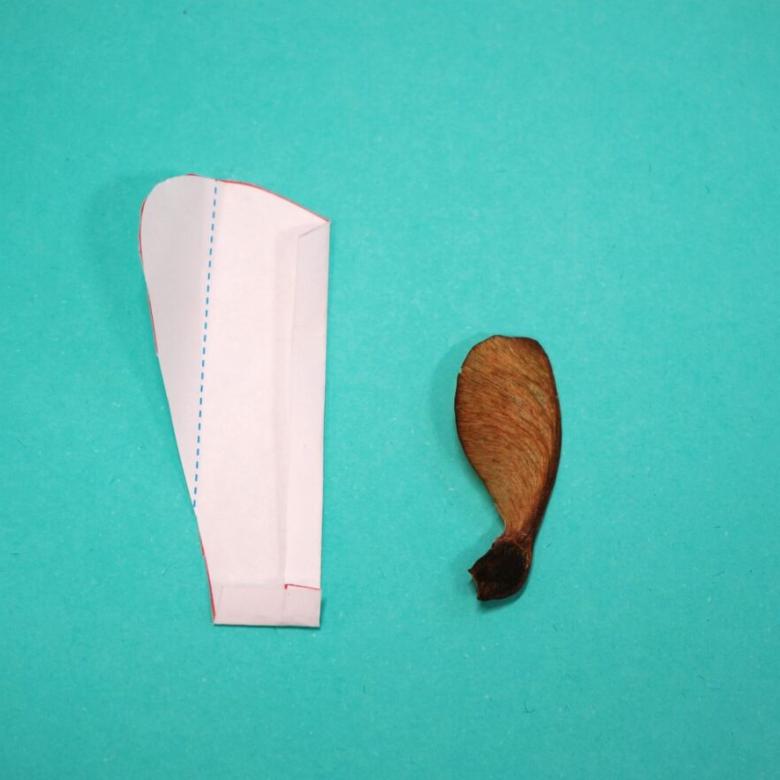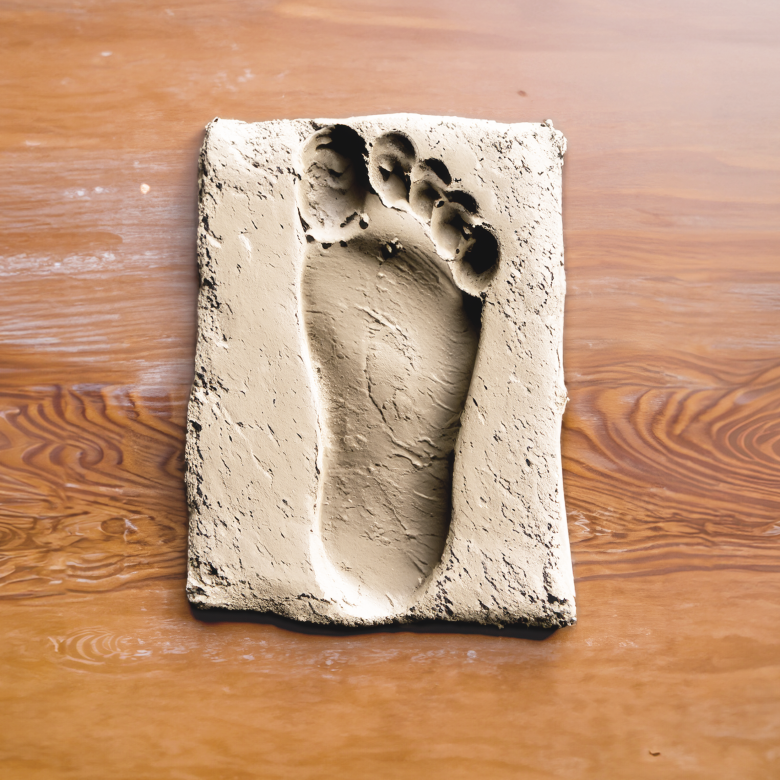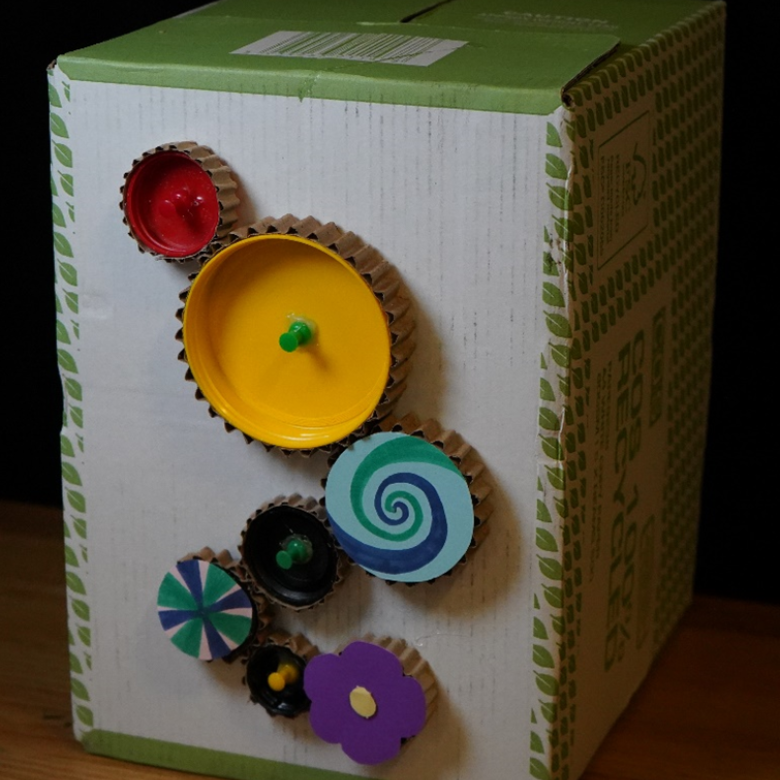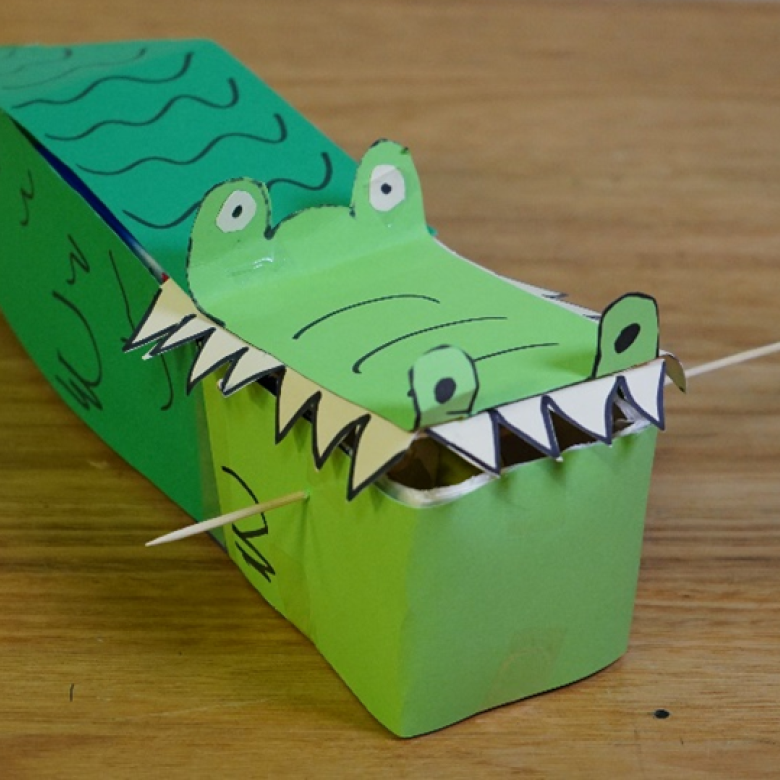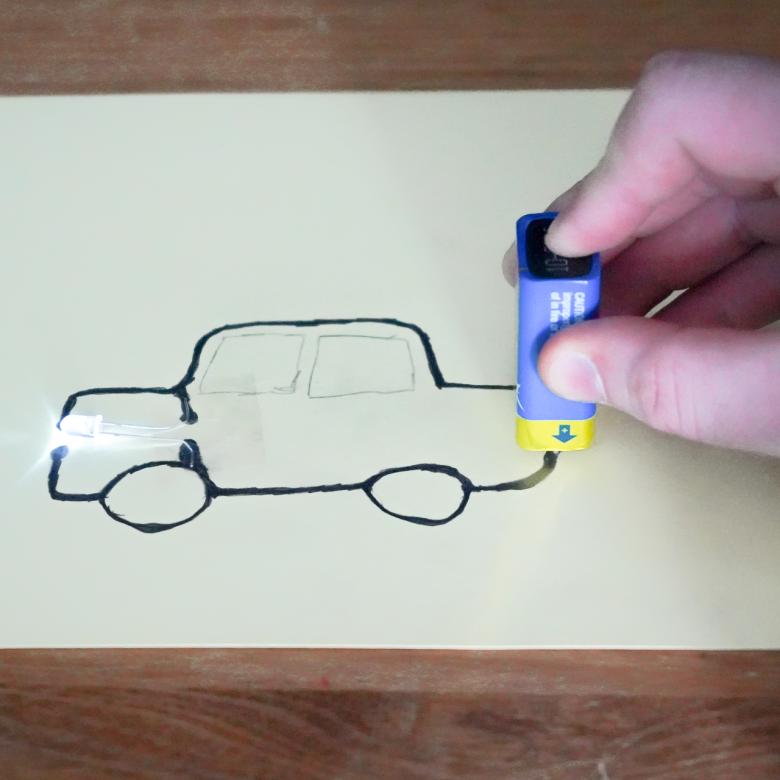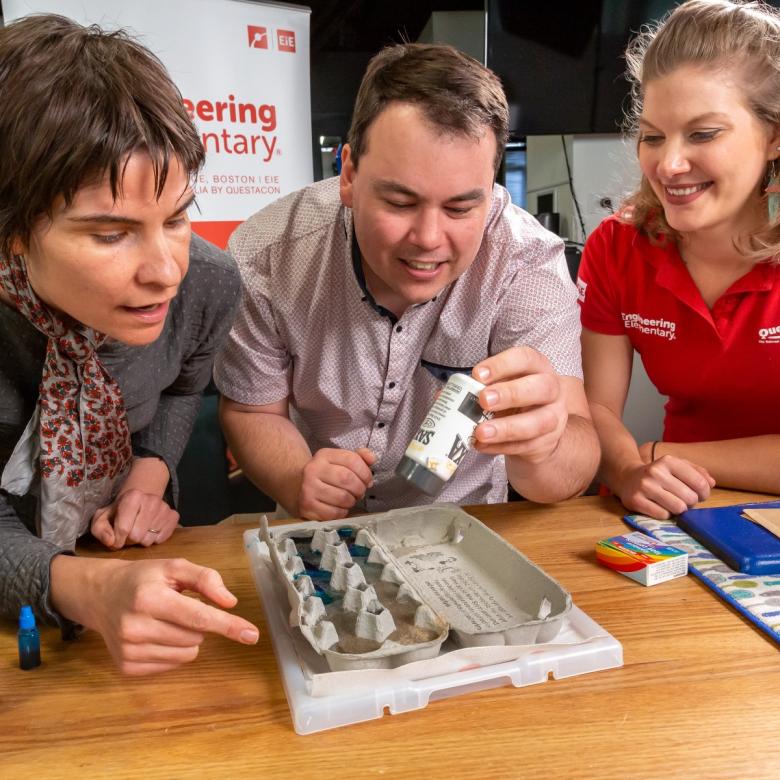Just before finishing high school, Sam Mitchell made a deal with himself. If he got offered the scholarship he really wanted, he’d go to university. If he didn’t, he’d ride across Australia on a homemade solar powered bike. Why? Because he wanted to know if he could do it.
Unfortunately, the scholarship didn’t come through. But fortunately, this led Sam on an incredible adventure of learning, making, travelling, and innovating on the-road (or dirt!). Fast forward to the present day and Sam has now been on 2 massive solar bike trips, the latest along the Canning Stock Route. The route is often described as being challenging for 4-wheel drive vehicles, and not many people have attempted the track with any other type of transport. Sam rode 1,800 km on small dirt roads, through unforgiving sand dunes and muddy terrain. With a little help from a trailer of solar panels and a motor, Sam became the first person to complete the full track with a solar powered vehicle.
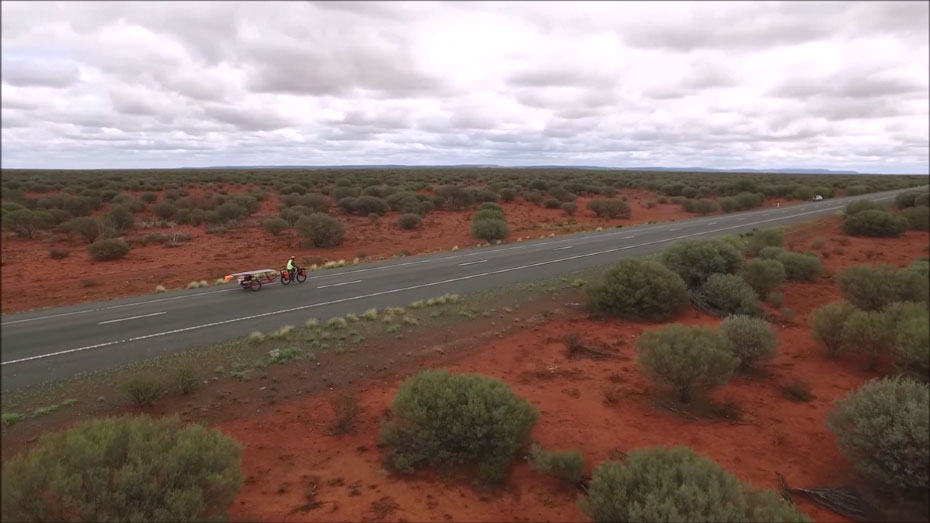
For the trip, Sam modified a ‘fat’ bike (a bike with huge thick wheels made to cross the toughest of landscapes). He even made a simple welding kit so that he could make repairs along the way, sometimes in the middle of the desert!
Riding thousands of kilometres, Sam pushed his bike to its limits, suffering flat tyres, a broken chain, a ruined axle and a shattered trailer frame.
Luckily, Sam was prepared. He used his repair kit to make quick fixes so that he could get to the next town to find proper tools to fix his ride. Sam even found some handy ‘bush hacks’, like fixing a flat tyre by filling the wheel with spinifex grass, and using cooking oil on his bike chain when he ran out of proper bike oil.
Growing up, Sam always had bikes around the house. He’d cut them up and weld them back together a little differently. He made bikes with 3 wheels, double deckers, even triple deckers! When he didn’t have the parts he needed, he went to the local rubbish tip and found what he needed. Most of what he learnt was through trial and error. If he built something that didn’t work how he wanted it to, he’d pull it apart and put it together again differently. For everything else, there was always the internet – where he learnt how others had made things and could ask for help.
Sam went on to study renewable energy engineering to explore solar power further. In 2017, the Australian Geographic Society recognised Sam’s innovative use of recycled materials, and announced him as Young Adventurer of the Year.
Fast forward to the present day and Sam has now been on two massive trips, the latest along the Canning Stock Route. Often described as challenging for four-wheel drive vehicles, not many people have attempted the track any other way. Sam rode 1800 km on small dirt roads, through unforgiving sand dunes and muddy terrain with a little help from an array of solar panels and a motor, becoming the first person to have completed the full track with a solar powered vehicle.
Why it's important
Renewable energy is the solution to slowing the use of fossil fuels. By using recycled materials to make his solar bike, Sam raised awareness of how cheap solar power can be. The process of experimenting, designing and fixing is the key to coming up with new ways to harness the power of renewable energy. Anyone can start learning about renewable technologies and tinkering with designs.
Discover more stories about Enterprising Australians.

[Image appears of Josh and Sam in a bike shop in conversation]
Josh: Hey folks, it’s Josh from Questacon and I’m here with Sam Mitchell, maker, tinkerer, solar enthusiast and bike rider.
[Image shows Sam riding his bike along The Canning Stock Route ]
Josh: Sam, you tackled one of Australia’s harshest tracks, The Canning Stock Route on a solar powered bike. How many K’s was that?
[Image changes back to Josh and Sam talking in the bike shop]
Sam: About 1800 km of really interesting riding and maybe 5000 trip total.
[Image changes back to a montage of Sam’s trip throughout The Canning Stock Route (desert)]
Sam: The first 4000 was main dirt and main tar and for that 18000 or 19000 km of interesting. I think there was about 200 of like, 2 wheel driveable dirt roads.
[Image shows Sam riding his bike along a footpath in city environment]
Josh: Sounds like a pretty tough time, and this is actually the bike that you did it on?
[Image changes back to Josh and Sam talking in the bike shop]
Sam: I had this bike, it’s an electric fat bike
[Image changes to a photo of Sam’s bike and his trailer carrying solar panels followed by photos of a deconstructed trampoline frame]
Sam: And behind this I towed a trailer. The trailer and that frame is all homemade, out of an old trampoline frame.
[Image shows Sam riding his bike along road in the desert]
Sam: The first few prototypes were all three-wheeler trikes. The first one was like a kids’ petrol lawn mower powered go-cart. But instead of having a lawn mower motor and some go-cart wheels,
[Image changes to Sam working on his bike]
Sam: it had some kids’ bike tyres, some solar panels that I made out of old windscreens,
[Image briefly changes to a ‘selfie’ of Sam and his bike before changing to an image of the motor on his bike]
Sam: A cheap motor from China and some old lead acid batteries.
[Image changes back to Josh and Sam talking in the bike shop]
Sam: And then from there I was like ‘this is cool, it’s quite cheap… let’s make another one, a better one. And then kept doing that for a while.
[Image changes to Sam’s point of view while riding in the desert]
Sam: Until I was ready to make the one that ended up going around Australia. On this bike everything had to be stronger, it had to be really off-road capable. I was kind of more conscious about weight because weight then becomes a really, really big penalty,
[Image changes back to Josh and Sam chatting in bike shop]
Sam: that both you want to everything to be strong, but as you add more weight to the setup, there’s more force on everything and everything wants to break more.
[Image changes to Sam repairing his bike in on a dirt road]
Josh: You mentioned on the road that you had to do some repairing.
Kind of, as you went because things would break.
What were some of the things that actually kind of gave up?
Sam: The trailer frame cracked in a couple of places a couple of times. So I had this really dodgy bush welding setup. I effectively just had a length of fencing wire to act as a bit of a resistor.
[Image changes to Sam talking to camera in the bike shop]
Sam: I varied the length of that piece of wire to vary the power that I was getting at my little stick electrode and carried a piece of welding glass which is a square about this big
[Image changes to Sam’s point of view riding through the desert]
Sam: And that got me through several hundred km of corrugations sometimes to the next place.
[Image changes back to Josh and Sam talking in the bike shop]
Josh: Did you ever want to give up, or turn back, or quit?
[Image changes back to Sam riding through the desert and Sam camping]
Sam: Occasionally at the start I was ready for an excuse. Bail out isn’t always an easy option, like after a week in, the only way to get back out is to ride back. But after I kind of got used to what it was like being on the track, got used to it as a lifestyle, I definitely didn’t want to quit after that.
Josh: What are you doing with yourself now?
Sam: I’m studying engineering; renewable energy, which is this hybrid between mechanical and electrical and some solar panels.
Josh: Why is solar so important to you?
Sam: Climate change is big and scary and energy is really nice,
[Image changes back to Josh and Sam talking in the bike shop]
Sam: And if we’re going to keep having energy – and energy is really nice – we’re going to have to do something.
[Image changes to Sam filming himself after just completing The Canning Stock Route]
Sam: I appear to have just done the Canning Stock Route on a solar bike! (giggles)
[Music plays and the image changes to the Australian Government and Questacon logo]

